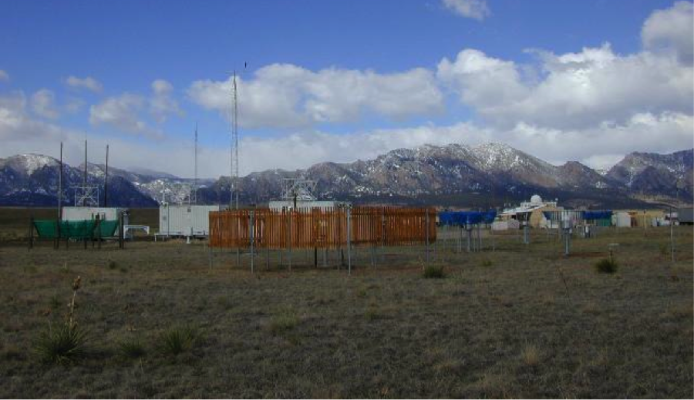
Observational Hydrology and Modeling
Creating Foundational Knowledge in Hydrometeorological Process Understanding Through Strategic Observational Capabilities

Observational Hydrology and Modeling
Creating Foundational Knowledge in Hydrometeorological Process Understanding Through Strategic Observational Capabilities
Observations of hydrometeorological processes provide foundational understanding of how weather and hydrologic phenomena combine to create both societal risks and key societal resources. The Hydrometeorological Applications Program has developed and deployed innovative observations in field programs around the world to create new knowledge. Several of these projects are described in the links to the right of this page and they detail ongoing work in a variety of climate and physiographic settings. These new observations also become the cornerstone of building robust hydrometeorological predictive models which, in turn, help us prepare for extreme events and environmental change.
Partners
- Alaska DOT
- Arizona State University (ASU)
- Conejos Water Conservancy District
- Denver Water
- NASA’s Jet Propulsion Laboratory
- NOAA Severe Storms Laboratory
- State of Colorado
- University of Sonora, Mexico
Representative Projects
- Denver Water: Delivered decision support for Denver Water using our WEAP-DW model to simulate their water management system under climate-change scenarios of streamflow, drought, and watershed diversion.
- High Elevation Monitoring for Snowpack and Water Supply Predictions: High-elevation monitoring for snowpack and water supply predictions in the Conejos River Valley
- Improving Seasonal Water Supply Predictions: Improved the accuracy of seasonal water supply predictions with enhanced observations and high-resolution, physics-based modeling
- Measurements and Modeling of Land Surface Hydrologic Conditions in the North American Monsoon Region: Documented the role surface topography and dynamic vegetation phenology play in controlling the distribution of soil moisture and surface energy fluxes across a steep mountain terrain gradient in the North American monsoon region
- Optically Derived LWE Measurements: Compared LWE measurements of snow to the optically-based measurements currently being used by the RWIS sites in Alaska
- Supporting the NOAA National Water Model: Implemented and supported the NOAA National Water Model with High-performance, Physics-based Modeling and Data Assimilation